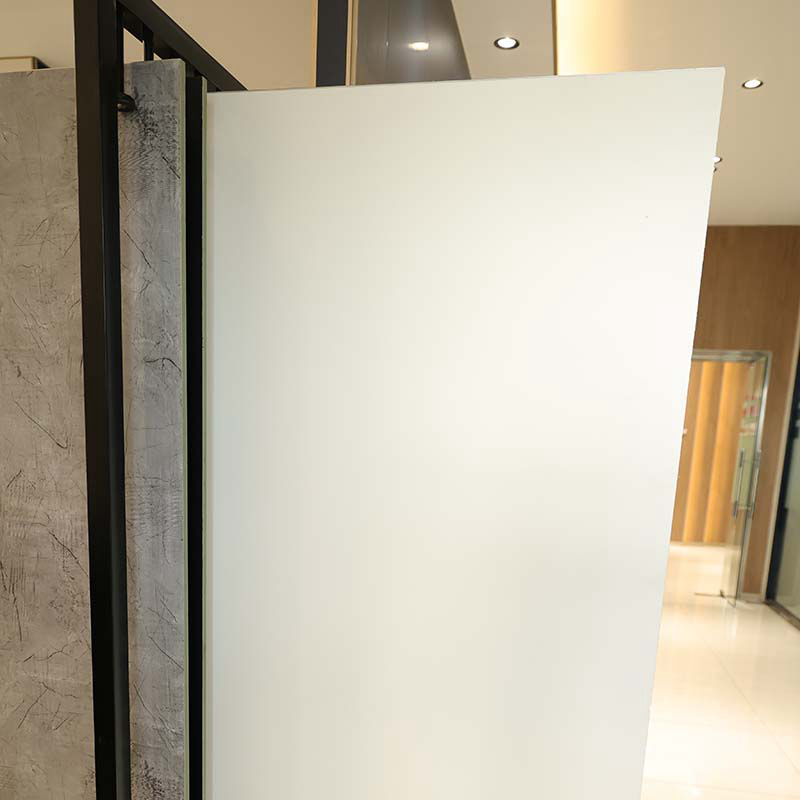When it comes to home décor, the walls often play a crucial role in creating a pleasant and inviting atmosphere. While there are various options available for wall coverings, one innovative choice that stands out is bamboo charcoal sheets. These sheets not only offer a natural and stylish upgrade for your walls but also come with several benefits that make them a popular choice among homeowners.
Bamboo charcoal sheets are made from bamboo that has been processed and carbonized at high temperatures. This unique manufacturing process gives the sheets their distinctive charcoal color and unique properties. One of the key benefits of using bamboo charcoal sheets as wall coverings is their ability to absorb and filter odors. The porous nature of bamboo charcoal allows it to effectively trap and neutralize odors, leaving your rooms smelling fresh and clean.
In addition to odor absorption, bamboo charcoal sheets also possess excellent moisture-regulating properties. They can absorb excess moisture in the air, helping to prevent mold and mildew growth on your walls. This can be particularly beneficial in areas with high humidity or dampness, such as bathrooms and basements. By using bamboo charcoal sheets, you can maintain a healthier indoor environment and reduce the risk of respiratory issues caused by mold and mildew.
Bamboo charcoal sheets are an eco-friendly choice for wall coverings. Bamboo is a sustainable and renewable resource, known for its fast growth and minimal environmental impact. By opting for bamboo charcoal sheets, you can contribute to the preservation of forests and reduce your carbon footprint. Additionally, bamboo charcoal sheets are durable and long-lasting, meaning they don’t need frequent replacement, unlike some other wall coverings.
In terms of aesthetics, bamboo charcoal sheets offer a natural and stylish look that can enhance the overall appearance of your walls. The charcoal color provides a modern and sophisticated touch, adding depth and texture to any room. Whether you prefer a minimalist or a more eclectic style, bamboo charcoal sheets can effortlessly complement various interior design themes. They can be used as a full wall covering or as accent panels, allowing you to unleash your creativity and create a unique focal point in your space.

Installing bamboo charcoal sheets is a relatively straightforward process, making it a viable option for both DIY enthusiasts and professional contractors. The sheets can be easily cut to size and installed using adhesive or nails, depending on your preference and the condition of your walls. Additionally, bamboo charcoal sheets are lightweight, which makes handling and installation hassle-free.
Enhancing your walls with bamboo charcoal sheets offers a natural and stylish upgrade for your home. They not only absorb and filter odors but also regulate moisture, creating a healthier indoor environment. Being eco-friendly and durable, bamboo charcoal sheets provide a sustainable and long-lasting solution. Moreover, their unique appearance adds a touch of elegance to any space. So why not consider bamboo charcoal sheets for your next wall covering project and enjoy the benefits they bring?
Previous: Enhancing Structural Strength: The Versatility of Carbon Plate for Wall Applications
Next: Exploring the Elegance of Charcoal Veneer in Interior Design

China PVC bathroom partition board (green)
PVC bathroom partitions are available in various configurations, including floor-to-ceiling partitions, cubicles, and privacy screens. They can be designed to match the aesthetics of any bathroom, with a range of colors and finishes available. This a...

Carbon crystal plate (wbt670)
product description: What is the material of the carbon crystal plate? The carbon crystal plate is made of natural bamboo powder, calcium powder, new polymer composite material, carbon crystal powder and PVC powder. The raw materials do not contain f...

PVC building formwork (wbt110)
PVC building formwork is a type of construction material that is widely used in the building industry. It is made from PVC (polyvinyl chloride) material and is designed to be used as a temporary structure during the process of constructing buildings....

Carbon crystal plate (wbt660)
product description: What is the material of the carbon crystal plate? The carbon crystal plate is made of natural bamboo powder, calcium powder, new polymer composite material, carbon crystal powder and PVC powder. The raw materials do not contain f...